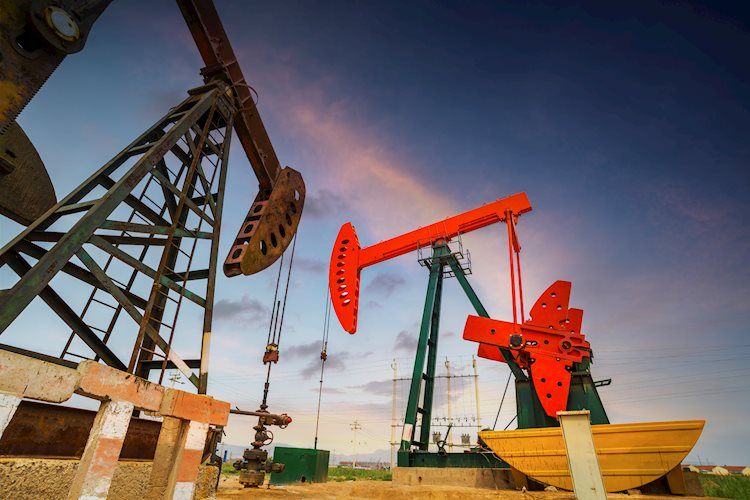The recent market analysis suggests that the supply risk premia associated with the conflict in the Middle East have been nearly priced into the market. Traders believe that this chapter of the conflict has come to an end, but acknowledge that the geopolitical equilibrium is fragile. With the focus now shifting to OPEC’s upcoming decision, there is a concern that unwanted barrels may be brought back to the market. According to TDS’ Senior Commodity Strategist Daniel Ghali, delaying planned production hikes may support prices in the short term, but could prove to be insufficient in the long run.
As the market continues to monitor developments in the Middle East and OPEC’s decision, there is a growing emphasis on the demand-side of the equation. It will be crucial for demand to sustainably lift prices from their current levels, especially in the absence of further escalations in the conflict. The analysis hints at potential reflationary tailwinds in the cross-section of commodity prices, but the extent of these trends is yet to be determined. It remains uncertain whether these trends will be robust enough to drive prices higher.
Looking at future price simulations, it appears that CTA flow is fairly distributed in the near-term, indicating that potential flows are no longer asymmetric. This suggests that there is no significant mispricing of risks at the moment, unless there is a geopolitical development that could shift the market dynamics. It is essential for traders to have a geopolitical edge in order to effectively engage in any potential mispricings of risks in the market.
In conclusion, the market analysis points to a fragile geopolitical equilibrium in the Middle East, with traders cautiously monitoring any developments that could impact supply risk premia. OPEC’s upcoming decision regarding production hikes could potentially bring unwanted barrels back to the market, posing a challenge for price stability. While recent reports of delays in production hikes have supported prices, the market will need sustained demand growth to lift prices from their current levels. As traders navigate these uncertainties, having a geopolitical edge will be crucial in identifying potential mispricings of risks in the market.











